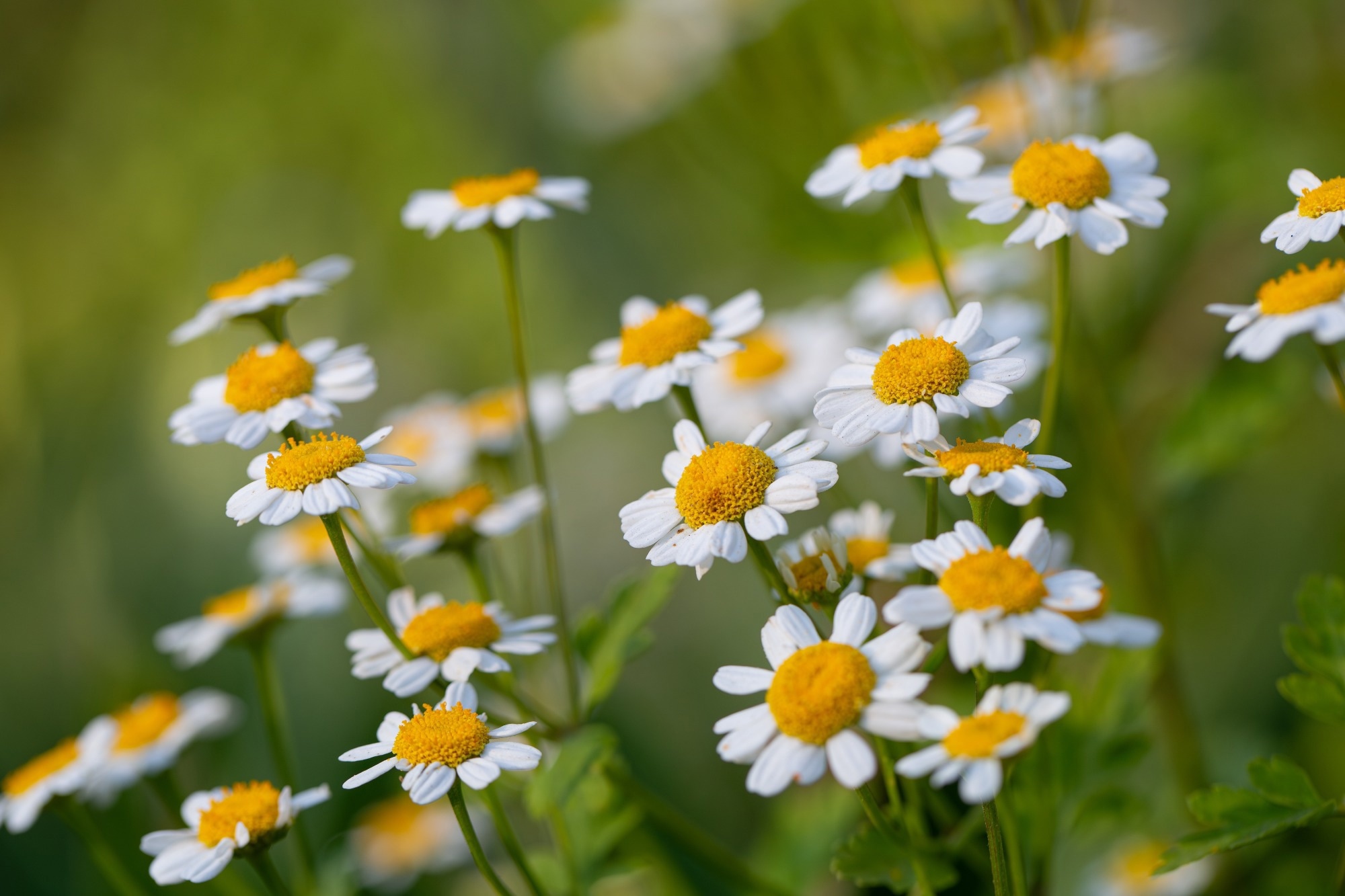Researchers have developed a more sustainable method for brick production by incorporating the invasive weed Parthenium hysterophorus L., significantly reducing energy use and harmful emissions without compromising brick quality.
 Study: Utilizing agricultural waste in brick manufacturing for sustainable consumption and circular economy. Image Credit: Hun Young Lee/Shutterstock.com
Study: Utilizing agricultural waste in brick manufacturing for sustainable consumption and circular economy. Image Credit: Hun Young Lee/Shutterstock.com
The study, published in Scientific Reports, shows that replacing a portion of traditional clay with 15–20 wt.% of Parthenium biomass not only improves the porosity and reduces the density of bricks, but also cuts energy consumption during firing by up to 20 %. Importantly, these bricks retained sufficient compressive strength, making them a viable and more eco-friendly alternative for the construction industry.
Background
In regions like South Asia, brick manufacturing remains heavily reliant on coal-fired kilns, which contribute substantially to air pollution and environmental degradation. These kilns often burn low-grade coal and industrial waste, releasing pollutants such as sulfur dioxide (SO2), carbon monoxide (CO), hydrofluoric acid (HF), and fine particulate matter.
Growing environmental concerns have led to increased interest in using agricultural waste materials - like sawdust, rice husks, and wood chips - as alternative additives in brick making. These by-products not only help reduce fuel consumption and emissions but also support local circular economy initiatives by turning waste into usable resources.
Within this context, Parthenium hysterophorus L., a fast-growing invasive weed prevalent across Asia, Africa, and the Pacific, presents a unique opportunity. While typically seen as a threat to biodiversity and agriculture, this weed may now offer a low-cost, locally available solution to produce more sustainable bricks with enhanced insulation properties.
Methods
To test the potential of Parthenium biomass, the researchers prepared clay bricks with varying proportions (5–50 wt.%) of either coal or Parthenium. Whole Parthenium plants were sun-dried, chopped, and mixed directly into the clay, then molded into bricks measuring 20×15×10 mm.
After shaping, the bricks were sun-dried for up to three days and then fired in a furnace. The firing process gradually increased the temperature at a rate of 10 °C per minute until it reached 950 °C. The bricks were held at this temperature for one hour before being allowed to cool naturally.
A range of tests was conducted to assess the bricks’ performance. The chemical composition was analyzed using wavelength-dispersive X-ray fluorescence spectroscopy. Mechanical strength was evaluated using a universal testing machine capable of exerting 100–500 kN of force. Thermal diffusivity and conductivity were measured with the transient plane source method, using a calibrated Pt-100 thermometer.
To compare with conventional clay bricks, the team measured water absorption and apparent porosity using Archimedes’ method. They also surveyed 50 brick kiln operators to understand current practices, perceptions of Parthenium use, and potential barriers to adoption.
Performance, Trade-offs, and Practical Insights
The inclusion of Parthenium biomass had a notable impact on the bricks’ physical properties. For samples fired at 1000 °C, water absorption ranged from 10 % to 35 % with coal, and from 11 % to 36 % with Parthenium. When additive content exceeded 15 wt.%, water absorption generally surpassed the acceptable 20 % threshold.
These water absorption values directly reflected changes in porosity. Higher porosity typically allows better insulation but can also reduce structural strength. As the firing temperature increased, density improved and water absorption decreased, highlighting the role of temperature in controlling the final brick properties. Porosity was highest (64 %) in bricks with 50 % Parthenium, while those with only 5 % coal had the lowest porosity (12 %).
Not surprisingly, increasing porosity came with a trade-off in compressive strength. Bricks became weaker as more Parthenium or coal was added, following the typical behavior of ceramic materials. Still, bricks containing 15–20 wt.% Parthenium maintained compressive strengths between 15–20 MPa, which are considered sufficient for many structural applications. The added thermal resistance from higher porosity may even offer benefits for energy-efficient buildings.
The survey of kiln owners added a valuable perspective. Most participants acknowledged the environmental harm caused by current brick production methods. Initially, more than half expressed reluctance to adopt Parthenium-based additives, citing concerns about the final product’s quality. However, their opinions shifted positively when shown data on the bricks’ durability, energy savings, and reduced emissions.
A Viable Path Toward Cleaner Brick Manufacturing
This study demonstrates that Parthenium biomass can be a practical and sustainable additive in clay brick production. When used at 15–20 wt.%, it enables up to 64 % porosity while maintaining structural integrity - and more importantly, it reduces emissions of HF and SO2 by over 50 % compared to coal-fired methods.
By converting a problematic weed into a valuable raw material, this approach supports environmental sustainability, promotes circular economy practices, and reduces reliance on fossil fuels. The researchers recommend that local governments consider incentives or policies that encourage brick kiln operators to incorporate agricultural residues like Parthenium in their production processes.
Journal Reference
Ahmad, M. S. et al. (2025). Utilizing agricultural waste in brick manufacturing for sustainable consumption and circular economy. Scientific Reports, 15(1). DOI: 10.1038/s41598-025-07948-w, https://www.nature.com/articles/s41598-025-07948-w
Disclaimer: The views expressed here are those of the author expressed in their private capacity and do not necessarily represent the views of AZoM.com Limited T/A AZoNetwork the owner and operator of this website. This disclaimer forms part of the Terms and conditions of use of this website.